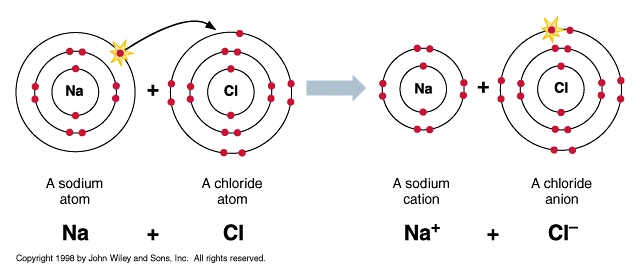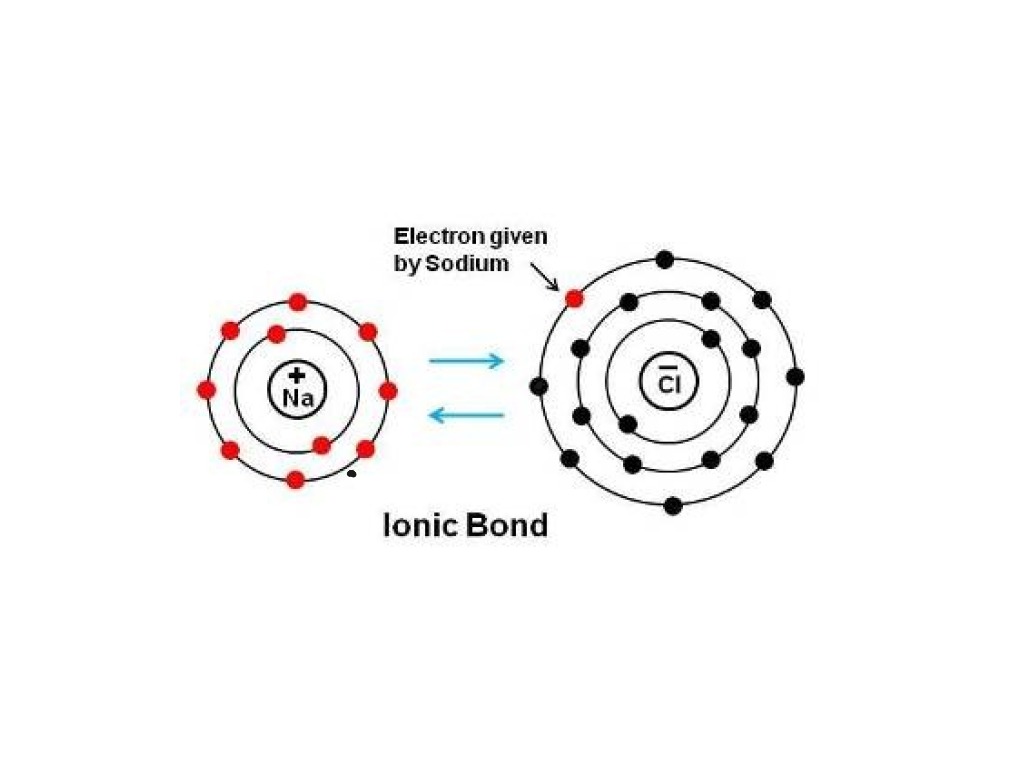
the entire surface area exposed) in polyethylene vessels. The coupons were positioned vertically (i.e. This preparation step was followed by ageing for 24 h in a desiccator (at room temperature) prior to the immersion experiments. Prior to exposure, all surfaces were abraded using 1200 grit SiC paper, ultrasonically cleaned in acetone and isopropyl alcohol for 7 min, respectively, and dried with cold nitrogen gas.

Metal release test procedure and analysisĭouble sided coupons of each material (thickness 1 mm) were prepared with an approximate size of 1.5 × 1.5 cm 2 (approximately 4–6 cm 2 in total, including both sides). These include austenitic stainless steels (AISI 304, 310, and 316L), nickel-free ferritic stainless steel (AISI 430), duplex stainless steel (AISI 2205) and iron metal. The objective of this study is to fill this knowledge gap through an in-depth investigation of the correlation between protein adsorption, which is elucidated using BSA and LSZ due to their large differences in adsorption properties, size and charge, and release of metals (iron, chromium, nickel, and manganese) from stainless steel grades of different microstructure exposed in PBS (pH 7.4) for periods up to one week. So far, limited mechanistic metal release studies exist that correlate protein adsorption with changes in surface oxide composition, microstructure and corrosion properties. Two different important mechanisms have been proposed to explain the effect of surface-protein interactions on the metal release process: (i) enhanced metal release due to surface-induced complexation and (ii) inhibition of metal release due to the adsorption of rigid protein layers. Both increased metal release and corrosion and decreased metal release and corrosion of alloys, such as stainless steels, carbon steel and pure metals have been reported. Contradictory findings are reported in the literature related to the release of metals from metals and alloys in biological fluids containing proteins or complexing agents. Since the release of metals from metals and alloys often is the result of several pooled processes including chemical, electrochemical, and physical processes, corrosion and metal release are not the same, at least not at ambient conditions, i.e. The normal albumin concentration in human plasma is 42 ± 3.5 g/L, while the human LSZ concentration in serum is 7–13 mg/L and about 1.2 g/L in tear fluid. BSA is net negatively charged (iep 4.7–5.2) and LSZ net positively charged (iep 11) at pH 7.4. Both LSZ and BSA (and HSA) have been reported to adsorb on stainless steel (316) exposed to PBS at pH 7.4 (and at pH 4.0), albumin as a monolayer and the significantly smaller protein LSZ in several layers. Monolayer adsorption onto hydrophilic surfaces is often reported for bovine serum albumin (BSA) or human serum albumin (HSA), while the smaller protein lysozyme (LSZ) may adsorb in several layers. Surface complexation between serum proteins and the surface metal hydroxide has been suggested as the main reason for metal released from stainless steel (316) powder (55 μm) at both in vitro and in vivo conditions.

For stainless steels, both physisorption and irreversible chemisorption of proteins may be possible. Surface interactions and adsorption of proteins vary strongly due to their heterogeneous nature.

Previous findings for inert-gas atomized stainless steel powders and massive sheets have proven chromium to be released as chromium(III), not chromium(VI), upon exposure in synthetic biological fluids. The characteristics of this passive oxide are very similar to the surface oxide formed on chromium metal from which minor amounts of chromium are released when exposed to biological media. A high corrosion resistance is related to the formation of a chromium(III)-rich passive surface oxide. 11 wt%) of chromium, more than 8 wt% nickel in the case of austenitic stainless steels, and contain many minor elements such as molybdenum and manganese. Stainless steels are iron-based alloys with significant amounts (>approx. Protein-induced metal release from stainless steels is of high importance as these alloys are commonly used as implant materials, and in food processing applications.


 0 kommentar(er)
0 kommentar(er)
